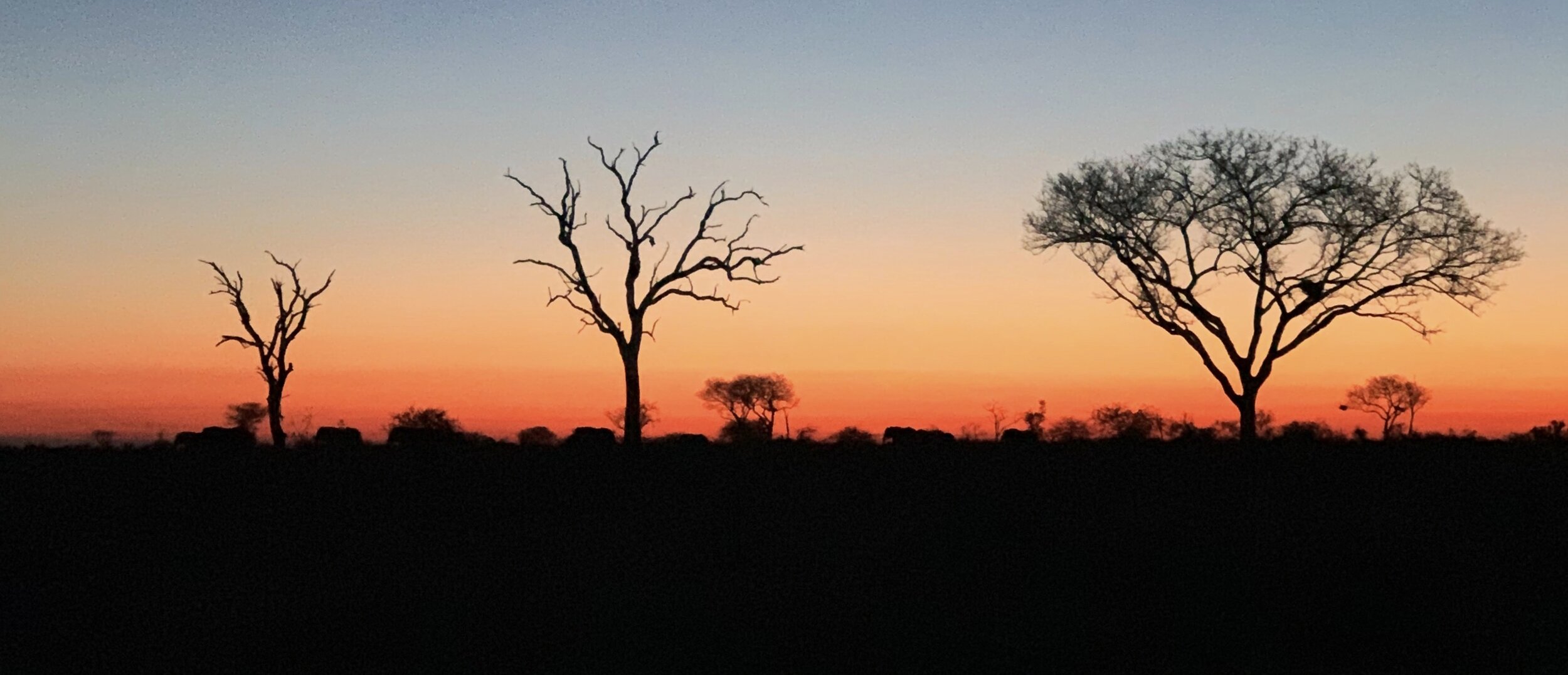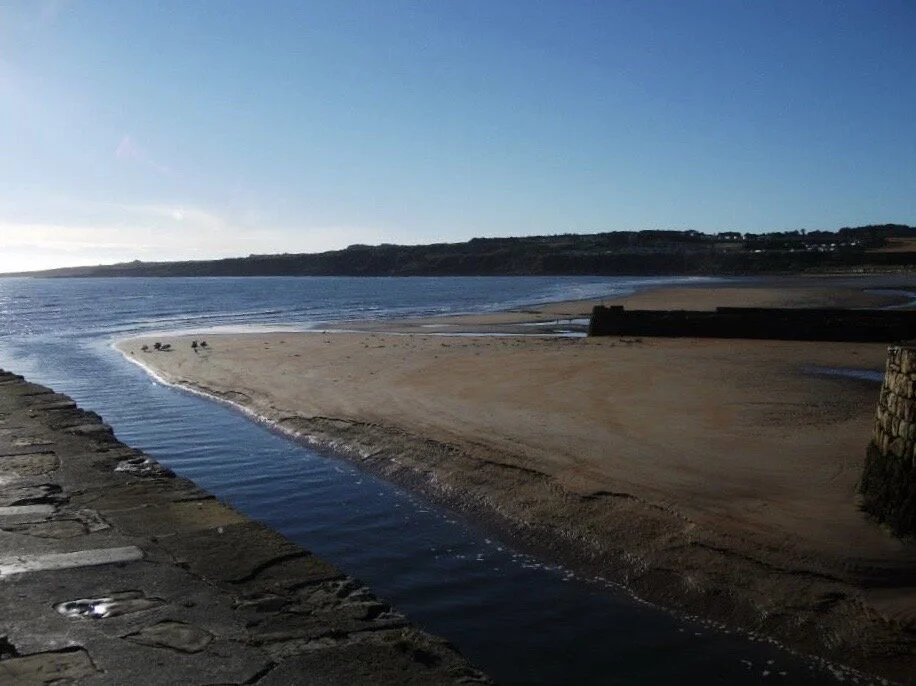The Library: Unofficial Britain by Gareth E. Rees
/Read by Marcel Krueger:
During the first weeks of Coronavirus lockdown in the Republic of Ireland, where I live, everyone was confined to a two-kilometre radius around our houses to help prevent the spread of the virus. I was lucky to have an obvious sliver of Irish history within my 2 km-circle, a sliver that shows that even a small town like Dundalk has its place in history and displays that proudly when you know where to look: on my street is Seatown Castle, actually the bell tower of a 13th century Franciscan monastery. It was once plundered by invading Scots, Scots brought over by Edward the Bruce in 1315 in his claim for the Irish crown. He crowned himself High King of Ireland in Dundalk the same year, just a few streets away, where today Micheal McCourt’s pub can be found.
But just around the corner from that pile of medieval stones, on Mill Street, is another reminder of history, one that is not as flashy as the Seatown Castle but maybe as equally important for the town. Sitting in the sidewalk is a rusty-brown water meter cover, one that must have been set here at some point in the 1980, when (long before water meters were a political issue in Ireland) someone in Louth County Council bought these from Wabash, Indiana, a small town of 10,000 inhabitants which produced the hexagonal water meter covers that to this day are strewn around this equally small town on the east coast of Ireland and proudly bear the inscription “Ford Meter Box Co., Wabash, Indiana U.S.A.”.
In his latest book, Gareth E. Rees equally focuses on these unobtrusive landmarks of the quotidian (albeit more bigger ones), landmarks that form the backdrop to our lives every day that might get unnoticed by many but are, after a fashion, holding the fabric of the world together. While in his previous books, Marshland (Influx Press, 2013), The Stone Tide (Influx Press, 2018) and Car Park Life (Influx Press 2019), Rees mainly focused either on a specific place - the Hackney Marshes or Hastings - or on an ultra-local theme like that of car parks, Unofficial Britain is a more wide-reaching book that covers most of the island of Great Britain in search for what the author calls “anaologue relics of a bygone era before digital technology, mobile phones and the internet“, the structures of modernity that have existed for the last seventy years everywhere around us: electricity pylons, power stations, multistorey car parks, suburban housing estates.
The book is divided into nine chapters plus introduction and epilogue, each dedicated to the “non-places” of today and their mythology, located in Scotland, England and Wales. By mixing architectural details with urban legends, ghost stories and bits and pieces from his own biography when writing about ring roads and roundabouts, flyovers and underpasses, Rees – who is also the founder of the Unofficial Britain website that was around long before the book and equally dedicated to the mysteries of the quotidian - shows us that these locations and buildings are as important as the holloways, medieval churches and cursed oaks of a British countryside. And even more important than the idea of a countryside that in many cases only exists in the imagination of over-romantic nature writers and the xenophobic fever dreams of UKIP and Britain First, like when he writes about the Redcliffe Flyover that existed in Bristol from 1967 to 1998:
Like the Eiffel Tower, built as a temporary structure never intended to be an enduring Parisian landmark, the Redcliffe Flyover became totemic. It came to represent fun, thrills and amusement; rare moments of child-like wonder in the midst of a tough, troubled city. A similar process of appropriation can happen to other unlikely landmarks such as chimneys, communication masts and factories. As we grow up among them they become ingrained within our memories and shared history. What can seem at first ugly and soulless can gradually come to accumulate emotional resonance through the sheer power of persistence.
At the same time Rees is stocktaking: with Unofficial Britain, he has created the standard reference for landscape punk and urban place writing in Britain 2020. Besides his own concrete experiences he uses examples of the works and lives of other important urban explorer artists like Salena Godden, Gary Budden, Nick Papadimitriou, Olivia Laing or Clare Archibald, a veritable who's who of deep topographers. With its honest narration and its accessible language this is the perfect introduction for anyone wondering what the whole psychogeography hogwash is all about; a wonderful ramble through the Brexit Britain of today - warts and all.
But isn't this how we experience a place? For a place is more than bricks and mortar. More than a map. More than a bunch of articles about social deprivation and sneery lists of Britain's worst towns. A place is made of stories and you read and rumours you hear. It is made of prejudices and anxieties, shaped by our past experiences. It is an atmosphere - a synchronicity of light, sound, smell, texture and temperature.
The only thing I wish Rees would have done was to include Northern Ireland - as wide-reaching as his account of unofficial Britain is, I would be curious to see what the Troubles meant and mean for the urban fabric of the quotidian in this part of Britain across the water; and if what he might have found here made would have been vastly different to those in Scotland, Wales and England.
For the time being, we keep on living in the pandemic dead future of the 60s and 70s in a time where the future only seems to promise more ruins, more cracked concrete and more neglected estates as government funds run out or are shovelled into offshore accounts while the sea levels are rising. This book is a sober account of the dreams and nightmares of our environment, of the bridges and buildings that really form the fabric of our lives and not the rose-tinted utopias of the past that all the right-wing nincompoops try to sell us; and it will all be just more water meter covers, more concrete poured into flood defences and refugee camps from here on.
***
Unofficial Britain is published by Elliott&Thompson.
Marcel Krueger is the Books Editor of Elsewhere: A Journal of Place. His writing has been published in numerous places both online and in print, and he is the author of Babushka’s Journey: The Dark Road to Stalin’s Wartime Camps (I.B. Taurus, 2017) and Iceland: A Literary Guide for Travellers (I.B. Taurus, 2020). You’ll find him on twitter here.












